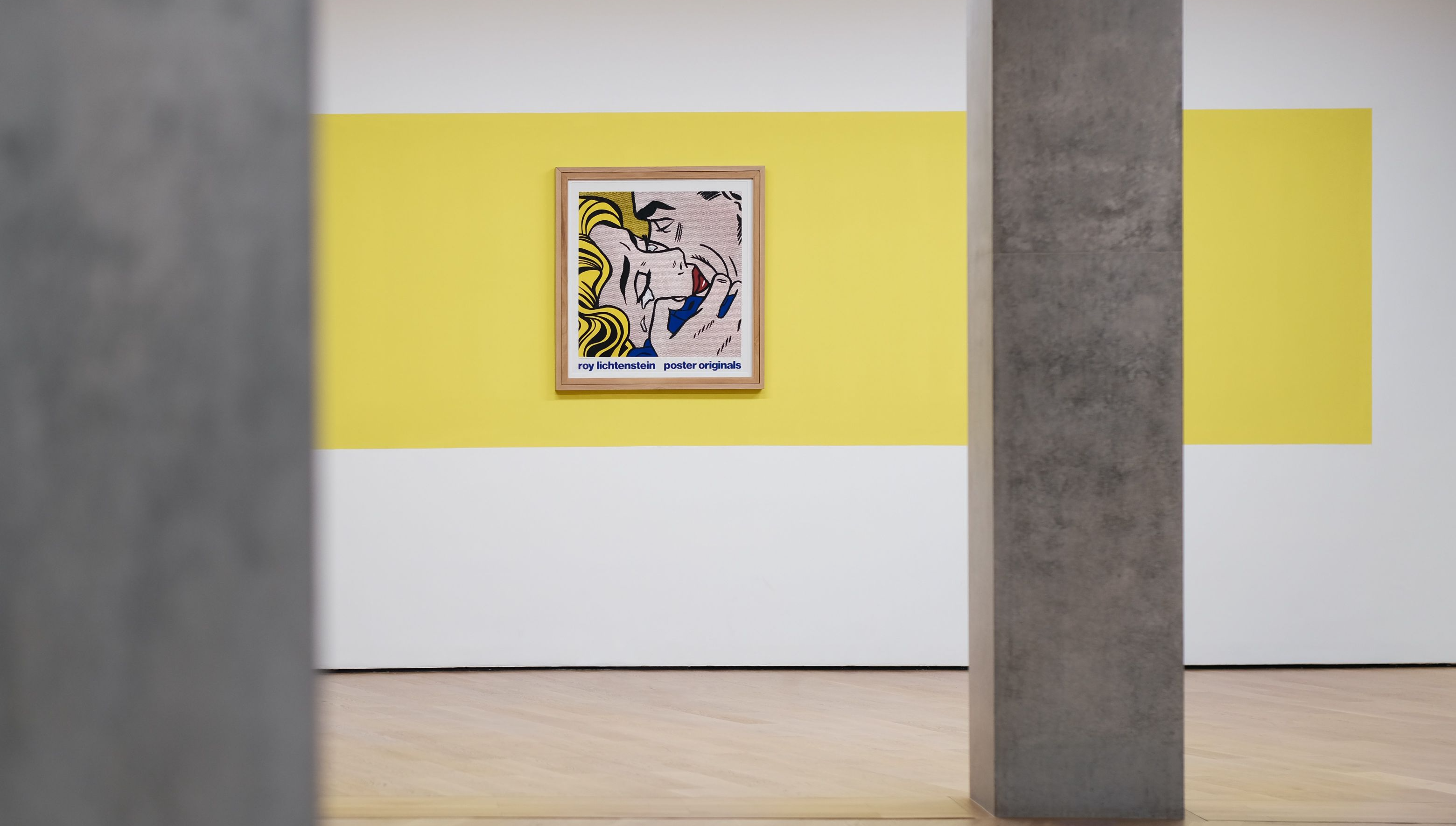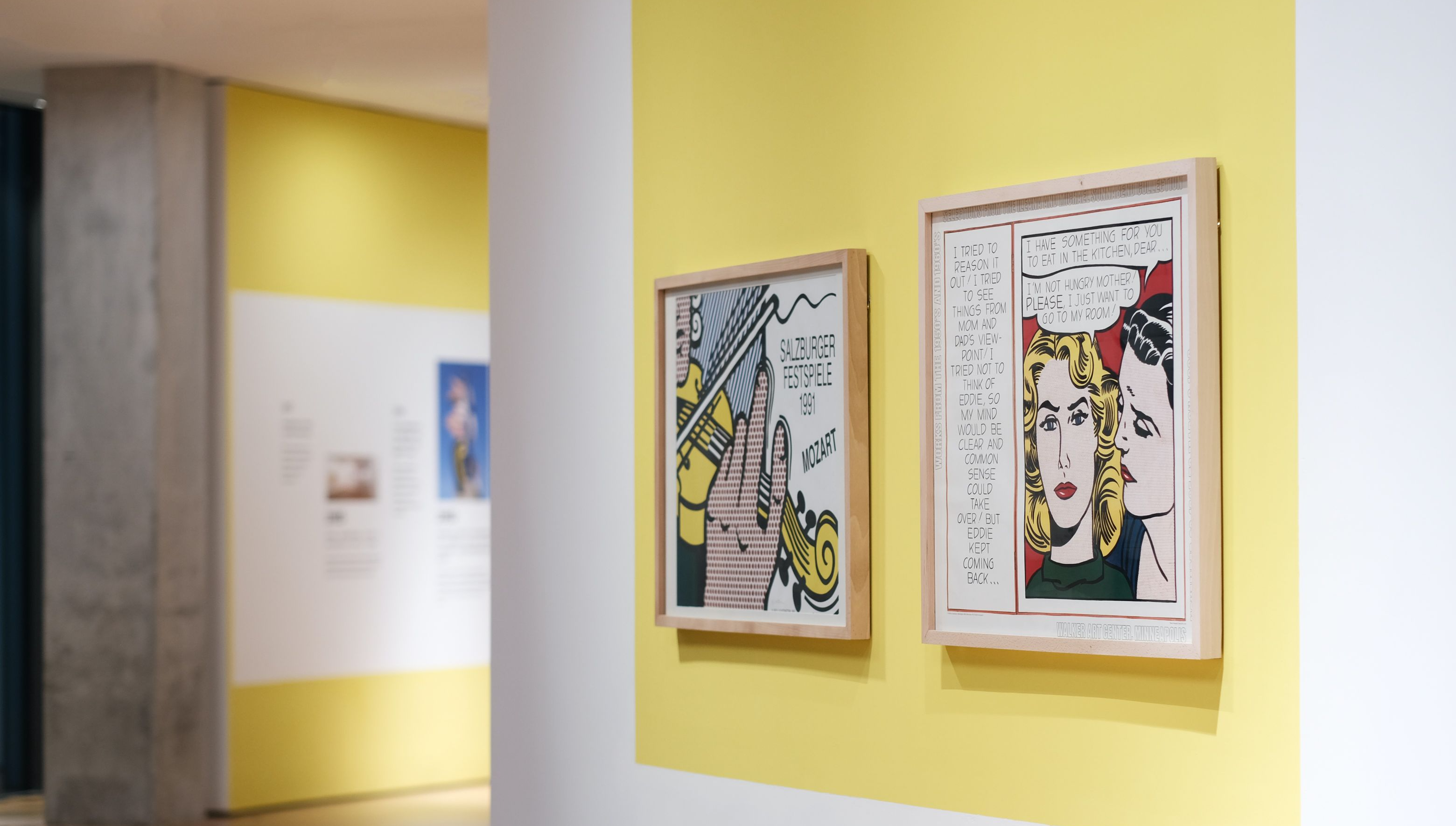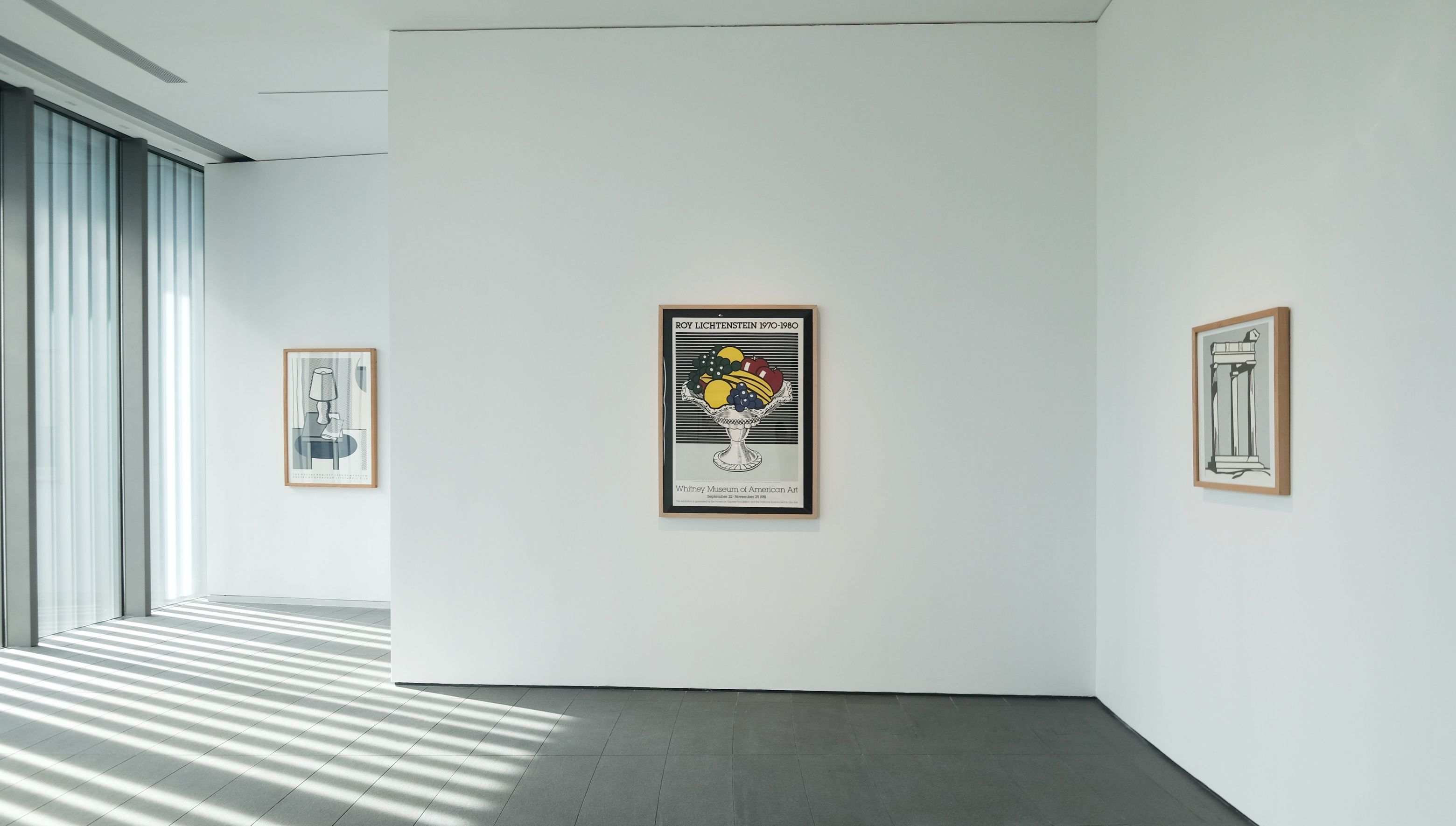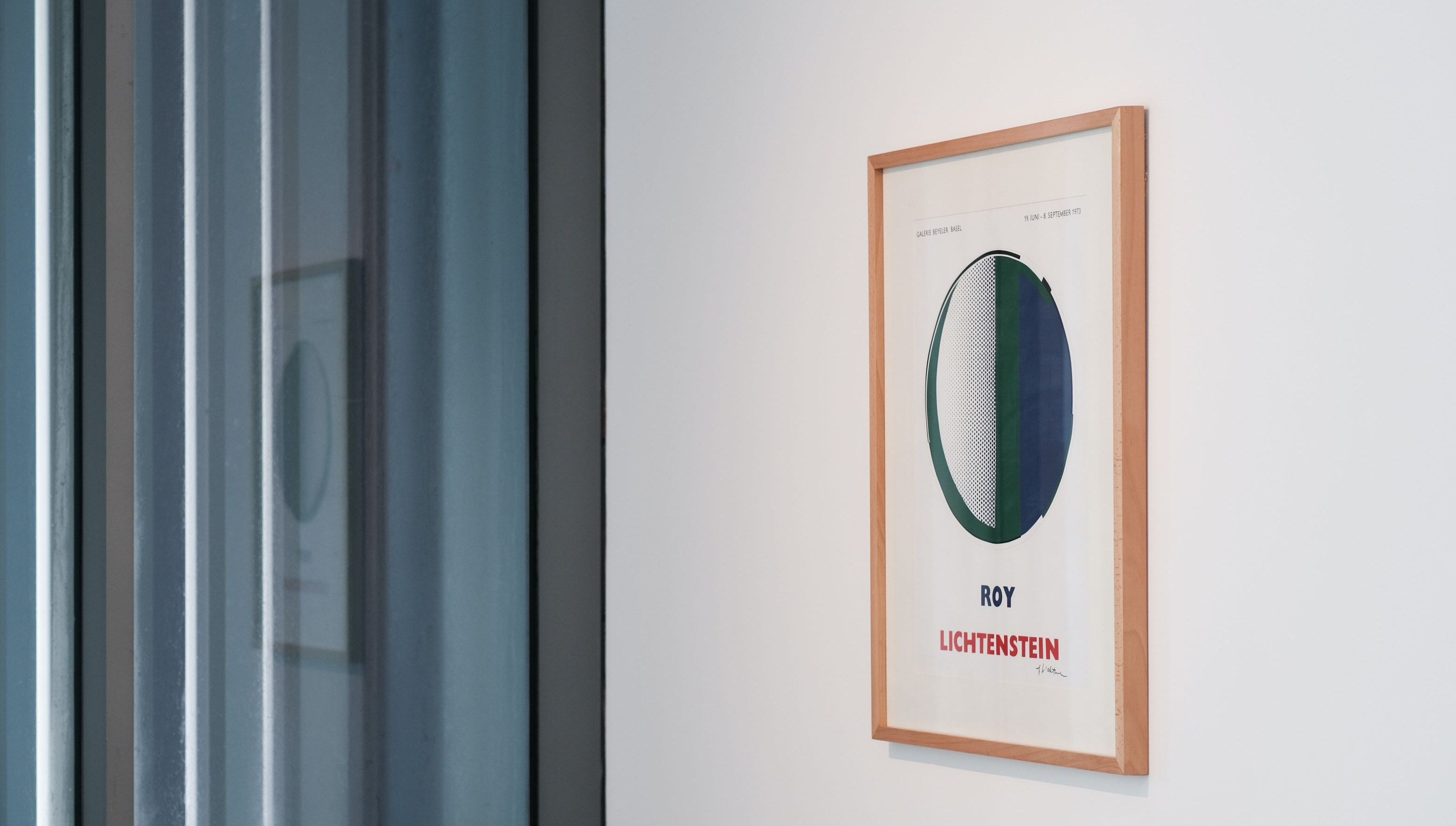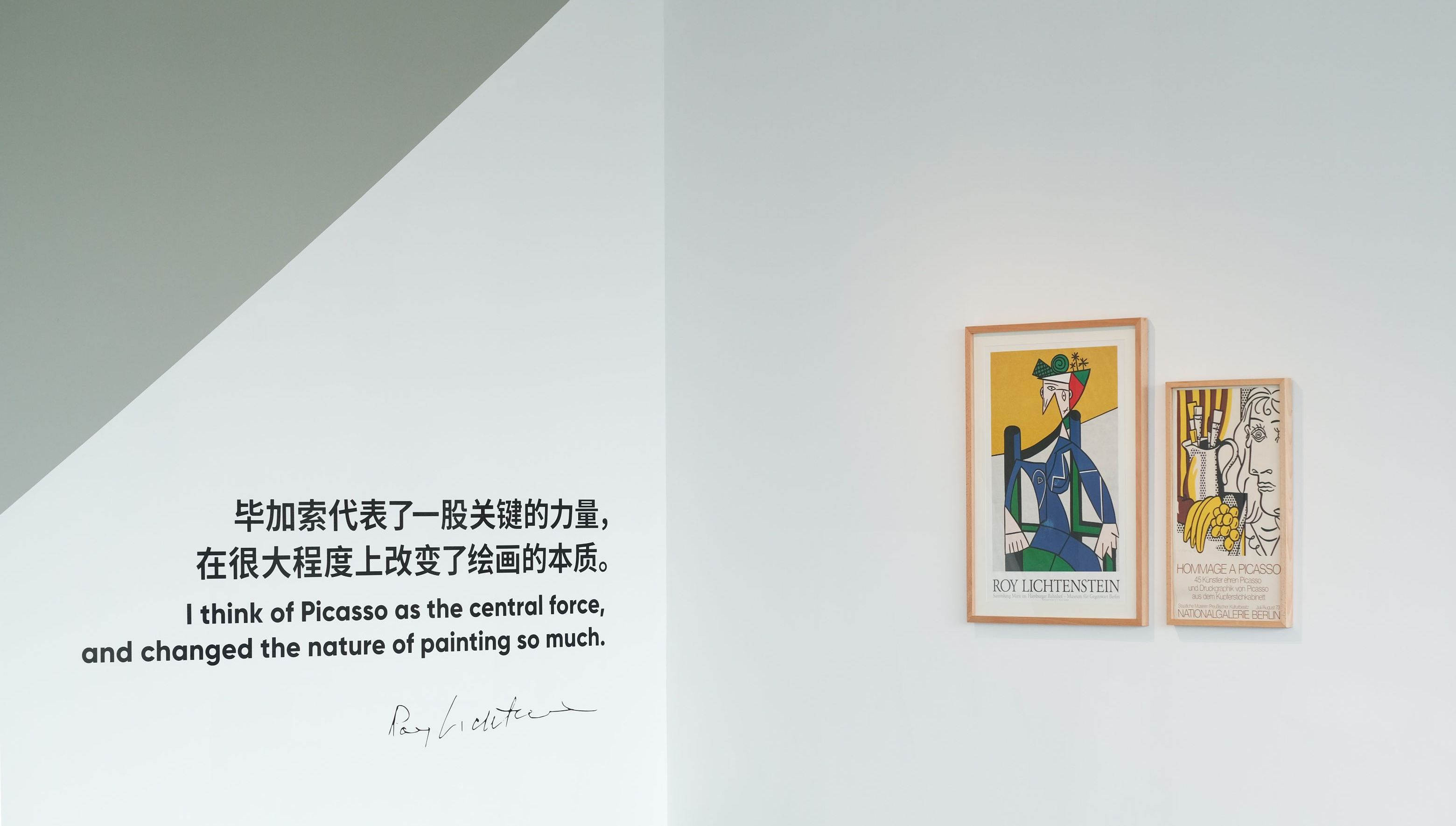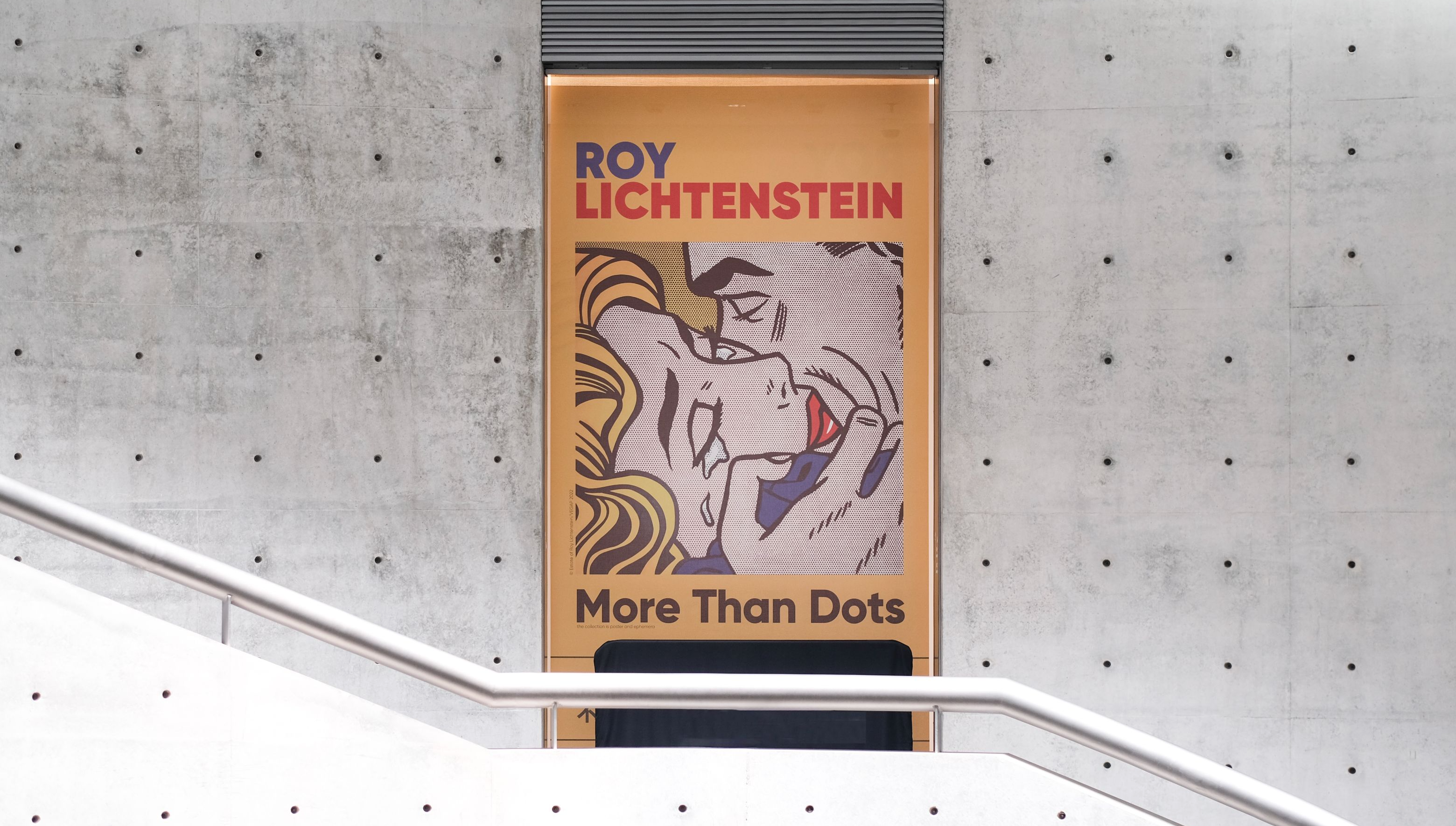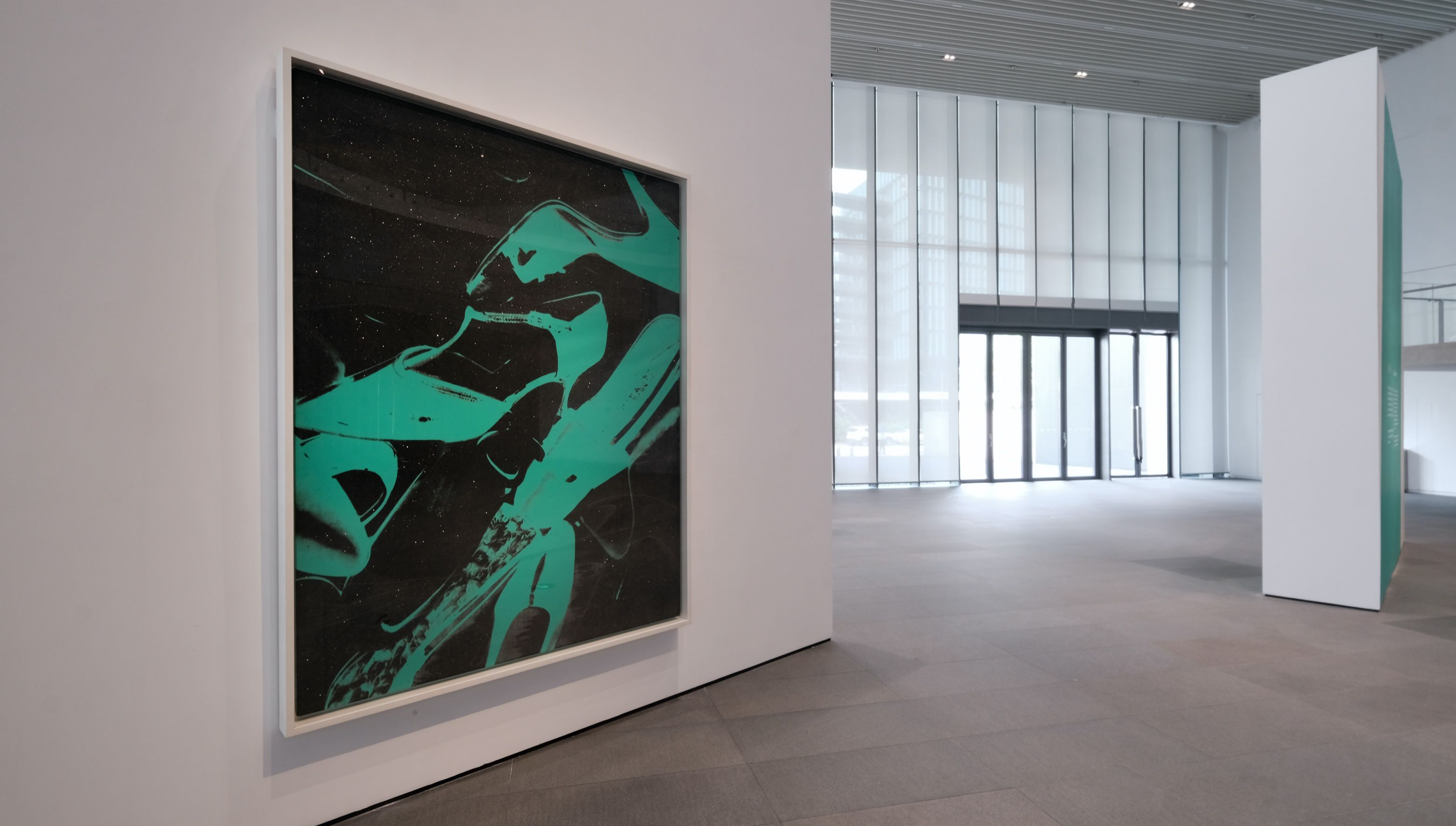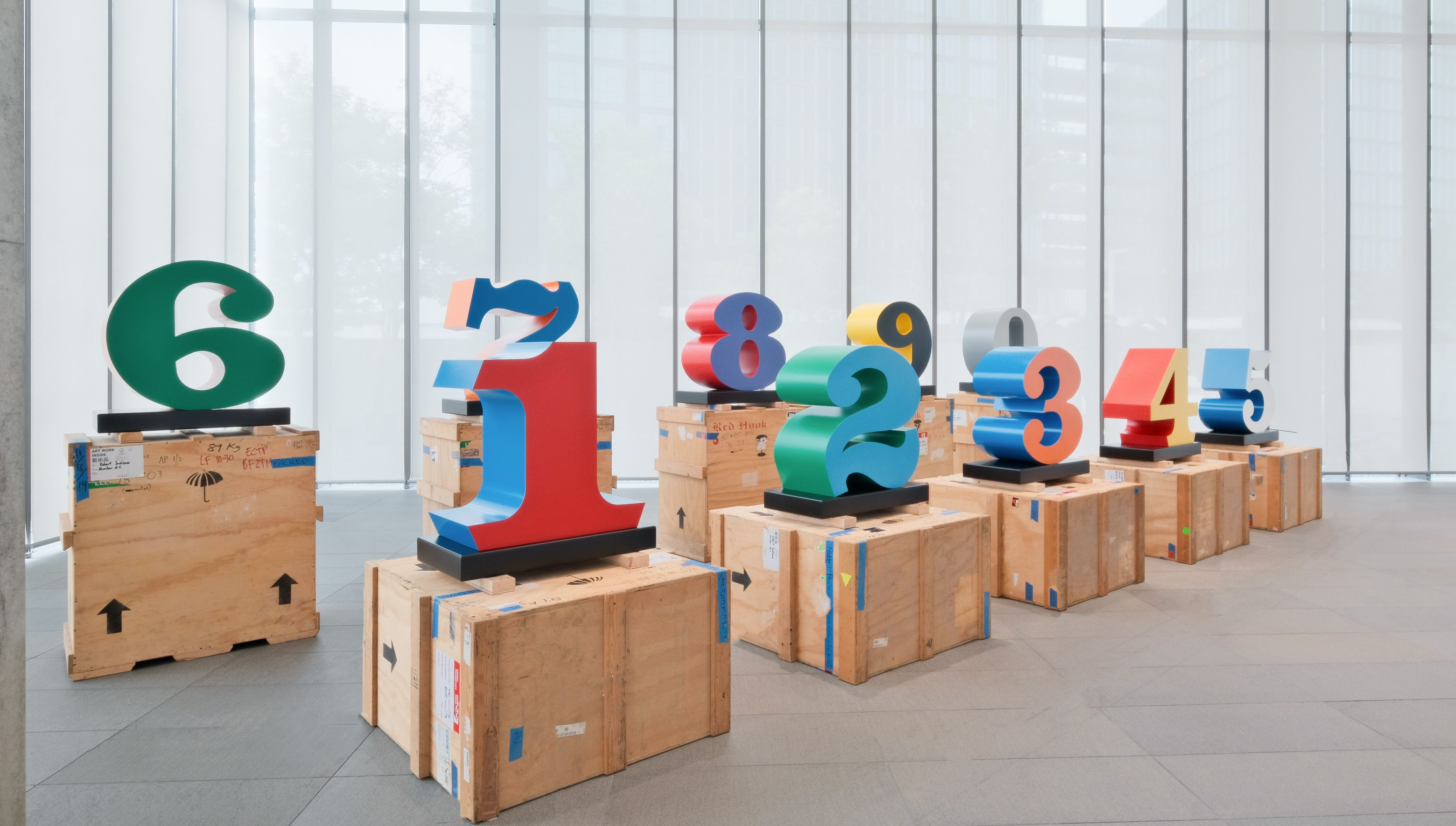Installation
Overview
One day in 1961, at the age of 38, Roy Lichtenstein appeared in a New York gallery with his brand-new style of prints. Little did he know that he would soon be a new focus of the art world, along with Pop Art, that would become a turning point in art history. Sixty years later, we are still talking about him.
After World War II, the world was undergoing a radical change. With grand values falling, television and advertising were burgeoning with an explosive overflow of images. Meanwhile, an unprecedented transformation was about to take place: the dominant abstract expressionism of the 1950s. As illusionism and elitism lost their authoritative persuasive power in the 1960s, the tide of aesthetic democratization was about to emerge and push art to a new era.
Pop artists applied copying, collage and flatness to unleash the potential for change, on both heteronomy and autonomy levels. Lichtenstein was one of the flag bearers of this campaign. The artist, who is known as the “father of Pop Art” along with Andy Warhol, first made his name with his Benday dots comic drawings, and later extended his work to reflect on the history of the images and art itself.
This exhibition is Lichtenstein's first major exhibition in China, which tries to explore the significance of Lichtenstein's work in today’s historical context. From the indepth look at Lichtenstein, it allows us to explore Pop Art and its time, in which we are still experiencing and passing through.
After World War II, the world was undergoing a radical change. With grand values falling, television and advertising were burgeoning with an explosive overflow of images. Meanwhile, an unprecedented transformation was about to take place: the dominant abstract expressionism of the 1950s. As illusionism and elitism lost their authoritative persuasive power in the 1960s, the tide of aesthetic democratization was about to emerge and push art to a new era.
Pop artists applied copying, collage and flatness to unleash the potential for change, on both heteronomy and autonomy levels. Lichtenstein was one of the flag bearers of this campaign. The artist, who is known as the “father of Pop Art” along with Andy Warhol, first made his name with his Benday dots comic drawings, and later extended his work to reflect on the history of the images and art itself.
This exhibition is Lichtenstein's first major exhibition in China, which tries to explore the significance of Lichtenstein's work in today’s historical context. From the indepth look at Lichtenstein, it allows us to explore Pop Art and its time, in which we are still experiencing and passing through.

